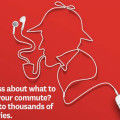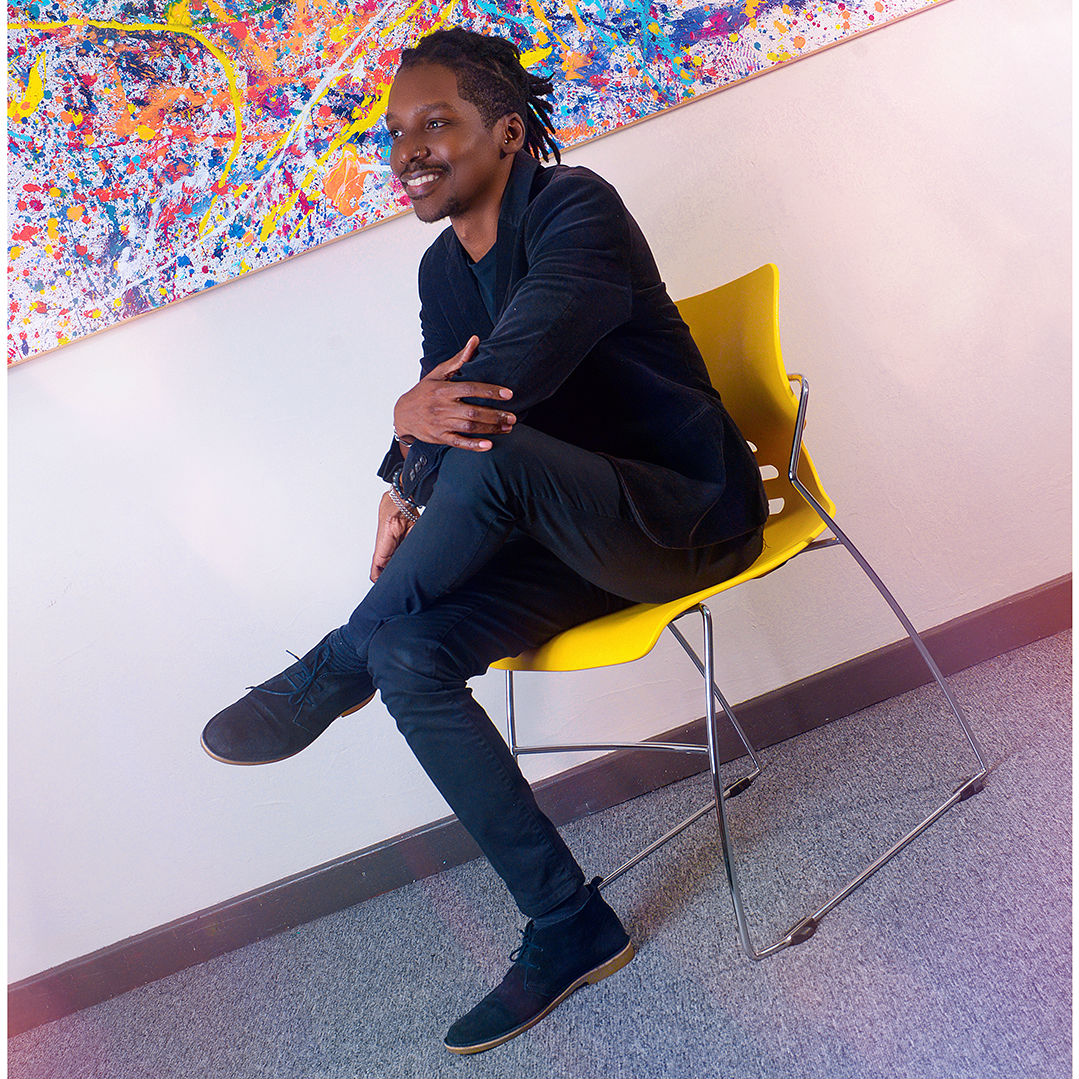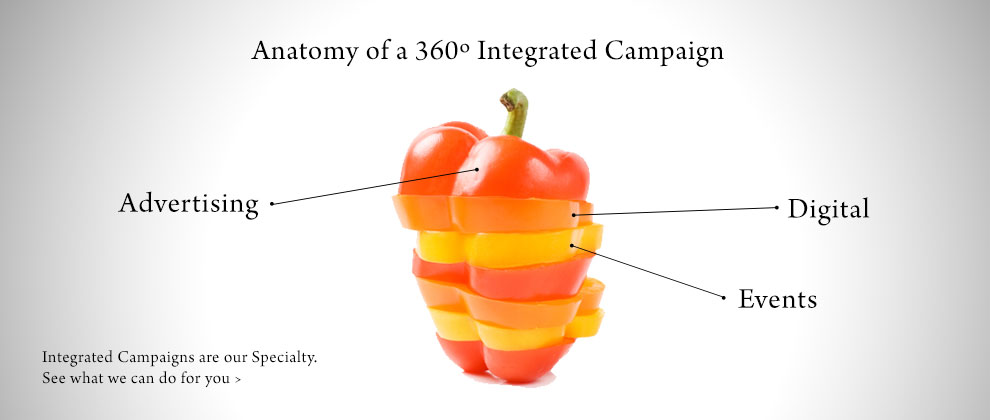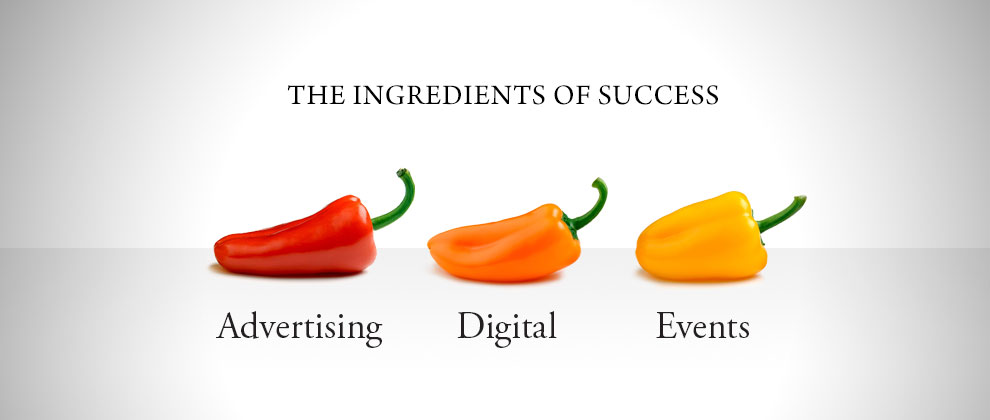Over the years, I have met quite a few people who do art who, when they found out that I worked in the advertising field, immediately asked me about becoming a graphic artist at an agency. It not being my area of specialty, I was never much help. Today’s blog is for the young person who has a penchant for art and may be thinking of a career as a graphic artist.
I spoke with Rendel Gonzales and Dameon Edwards, two graphic artists that I have had the pleasure of working with, about how someone can become a graphic artist at an ad agency.
E.B.: How long have you been working in the advertising arena?
RENDEL: Over 25 years.
DAMEON: 19.
E.B.: Is there any formal training that can lead you to be a graphic artist at an advertising agency? If so, where?
DAMEON: Back in the day, I went to John D (John Donaldson Technical Institute) which is now UTT. It was the most popular place to go to learn graphic design. There were a lot of other places offering three month courses but they were teaching you to know the programme you would need, but not design skills. If you only know the programme but not design and do not know things like what to look for, where to place what, fonts against backgrounds, that sort of stuff, things will be in a mess.
RENDEL: I also studied at John D. I think UWI offers an associate degree in Art which could be an option of training. I must add to what Dameon said that you must at first have talent. You must have some leaning toward graphic arts first, so let’s say you can draw and you look at TV ads say, “Aye! I would like to get into that.”
E.B. Dameon, you mentioned the programmes that have to be learnt. What are they?
DAMEON: The Adobe Suite. Those programmes are literally your tools for graphic design.
E.B.: Is this across the board?
RENDEL: Yes. All advertising agencies use the Adobe Suite.
E.B.: Could you name these programmes in the Suite that you must master before thinking about working at an agency.
RENDEL: It helps to know Illustrator and Photoshop. Those are the basics. There are others of course, like InDesign and Adobe Prelude, but Illustrator and Photoshop are great foundations.
E.B.: Rendel, you mentioned earlier about being able to draw as a prelude to getting formal training to being a graphic artist. Is that the only talent that someone would need?
RENDEL: No. It could be a liking for typography or if someone likes print making or cool graphics, nothing in particular. The formal training can then enhance your talent.
E.B. Other than training in art, are there any other qualifications that would be required to get a job at an agency?
RENDEL: It helps to show that you have some level of thought, therefore if you have subjects, it will be a plus, because it’s not only about drawing. You have to have an understanding of communication, how you want to communicate the work that you are creating.
DAMEON: Long ago you might have gotten a job if you had graphic design under your belt and you did not have that much otherwise in qualifications. Today the agencies look for someone with a diploma or degree from a reputable college or university. With this, you still have to have art skills and know the programmes because they look at your portfolio to see your level of competence. Your portfolio is your calling card.
E.B. Exactly what does a graphic artist do?
DAMEON: Design ads, flyers, posters, web based ads, annual reports, booklets, documents. It’s a whole range of stuff. Basically, it’s all sorts of prints and visual communications that people interact with on a daily basis.
E.B. Many people see the agency from the outside only. What is it like on the inside.
DAMEON & RENDEL: Stressful.
(They laugh.)
RENDEL: It’s hard work. I mean, it’s interesting but you must love what you do otherwise you would be frustrated. It is a frustrating endeavour when you choose to get into the graphic world.
DAMEON: Yep. But there is bad stress and good stress. Sometimes you get attached to a work you created and the client shoots it down. Remember, you are creating work for someone and if they do not like it, and crush it, you could feel crushed.
RENDEL: And then there’s the stress of dealing with people.
DAMEON: Oh yes! That stress could be waaaaaaaaaay more stressful than the work stress.
E.B.: Could you give an example of this?
DAMEON: Advertising is all about teamwork. Let’s say somebody is not doing their job correctly and at the end of the day, because of that person, you have to scrap all that you already did and start over. That is stressful.
E.B.: And what about the good stress?
DAMEON: Well, agency life is fast paced, so you can be on the go all day with the work, but when you see your work out there in the paper or on a billboard and people are admiring it, you feel proud. It’s like your baby.
E.B. And finally, if someone wants to apply to an agency, how does he/ she do so?
DAMEON: Simply send in your resume like a regular application, with shots of your work.
RENDEL: Or you could play “farse” and just send in your resume to an agency even if there isn’t a job advertised. That way, they have you on file.
DAMEON: Oh. You could also call or send in an email asking if there are any vacancies.
E.B. Thank you gentlemen.













